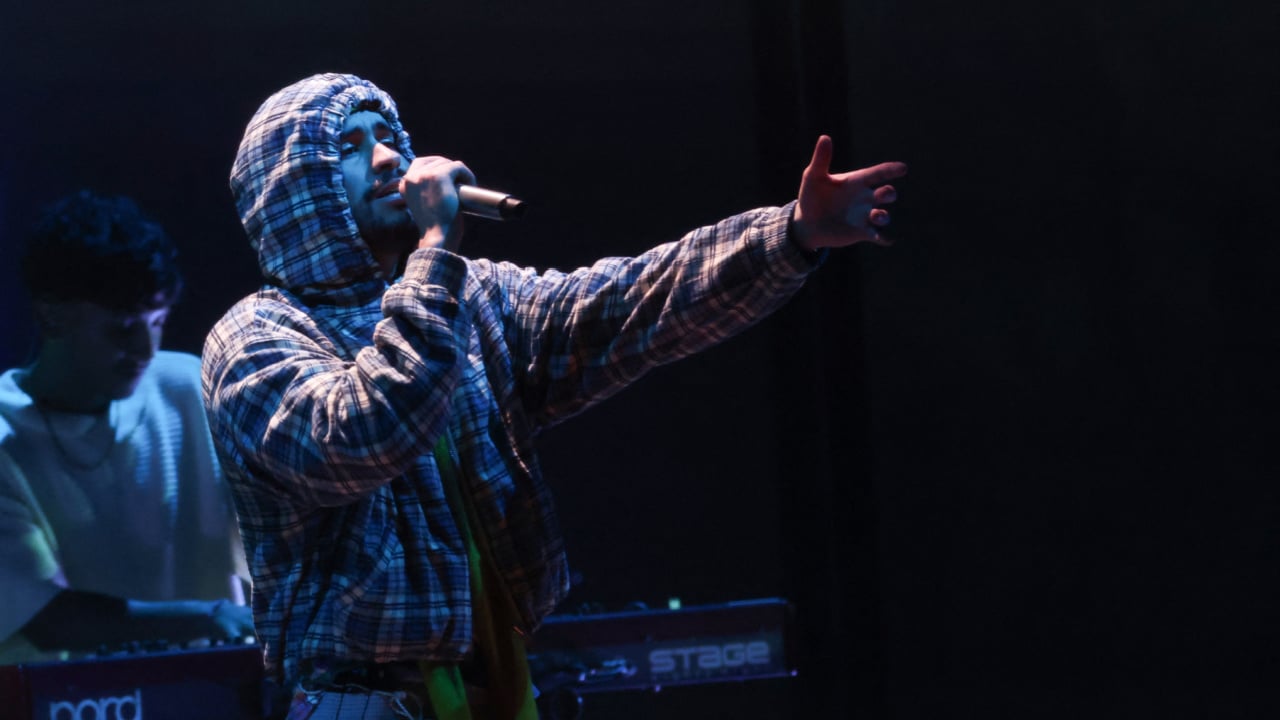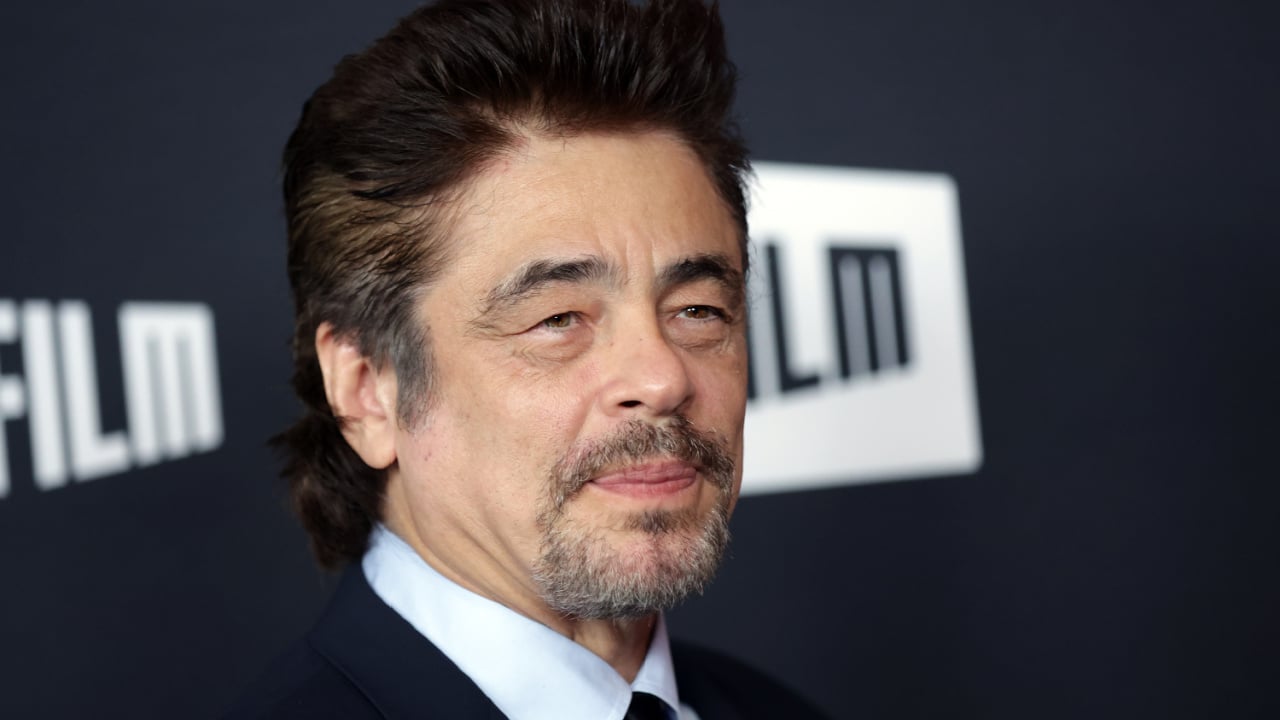‘Encanto’ Made History As First Disney Animated Movie To Feature All Hair Textures, From 1A to 4C
If you’re anything like us, you’re probably still absolutely obsessed with Disney’s “Encanto.” And what’s not to love? The town of “Encanto,” hidden away in the Colombian mountains, reminds us of our roots, and the exploration of generational trauma feels sometimes too familiar. The movie features foods like arepas, lovable characters like the very fierce Mirabel and yes — really good music we still play in the car on our way to work every morning.
“Encanto” made history for its soundtrack, largely authored by songwriter and composer extraordinaire, proud Boricua Lin-Manuel Miranda. The most famous single, “We Don’t Talk About Bruno,” isn’t just a hit in our living rooms, it is the longest-reigning #1 Disney song in the history of the U.S. Billboard Hot 100. While “Encanto” is arguably most talked about for its incredible tunes, its soundtrack isn’t the only aspect of the movie that changed the game as we know it.
We’ll never truly get over songs like “Surface Pressure” and “Dos Oruguitas,” we just found out about another very important detail related to “Encanto” that makes us love the film even more.
Insider recently took a deep-dive into the movie’s animation process, laser-focusing on the way the creators made each character’s hair so realistic. From Mirabel’s loose coils to the various tighter curls, braids and updos seen on different family members and people in the village, the hair of “Encanto” is almost a character in itself.
The animators’ attention to hair is culturally important in more ways than one. In fact, “Encanto” made history as the first Disney animation movie to feature all 12 hair textures, from Abuela’s straight 1A hair, to Mirabel’s “type 3 curly hair,” to Félix’s 4C curls. This type of hair inclusivity is a crucial step for the animation studio, coming after a long history of championing flowing, straight, light-colored hair seen on Disney princesses from Cinderella to Elsa from “Frozen.”
As the video explains, Disney Animation first dived into the process of making curly hair realistic on screen when making 2016’s “Moana.” Polynesian cultural advisors pointed out that demigod Māui’s long curls were “a source of his spiritual energy,” so both Māui and Moana got flowing, wavy-curly hair. Disney expanded design program Tonic’s “tube-grooming tool” to give the characters their trademark hair, curling the hair, retaining volume and making movement look natural.
An “elastic rod model” determined how much Moana and Māui’s hair would move and how much “springiness” it would retain when presented with gusts of wind out at sea. A new hair program, Quicksilver, was made just for this reason. Now, artists could take a hands-on approach to curls on screen, and make representation as accurate as possible. Also notable? “Moana” broke ground for featuring dark brown and black hair in 3D animation.
There’s no doubt “Moana” paved the way for “Encanto,” which brought even more advances in properly representing all kinds of hair types on screen. Per Insider, “The shading advancements from ‘Moana’ made it possible to get the rich shades of hair in the Madrigal family… and the S-shaped curls seen on Moana and Māui appeared on some characters in ‘Encanto.’”
Still, there was more work to do: for Mirabel’s type 3 coils, animators were tasked with making helical, coiled curls that look more like springs — while still looking natural and true-to-life. New tools were added to Tonic to accomplish this, and as one animator puts it, it was all about figuring out “what naturally is beautiful about [each] type of hair” and emphasizing that for each character.
The hair diversity seen in “Encanto” is unparalleled. Animators changed curl direction throughout and made characters’ hair purposefully asymmetrical to look like real-life coils. Illustrators even looked at video footage of choreographers to see how curls move when dancing around, making it clear that it was deeply important for them “to honor differences in textures for every character.”
As the consultant for Afro-Colombian representation in “Encanto,” Edna Liliana Valencia Murillo, explains: “We have the idea that Afro hair, or African hair, has no movement. And we have the perception that that’s something bad, but that’s not bad. It’s just our hair. Our hair doesn’t have a lot of movement. It’s okay that it stays like that. It doesn’t have to be a ponytail with straight hair to be beautiful.”
Murillo also describes how the 12 hair types are seen all throughout the “Encanto” town, and even bring in turbans and braids. In short, the film made history in more ways than one, and will always be remembered for using technology to pave the way for authentic representation for nuestra comunidad.




